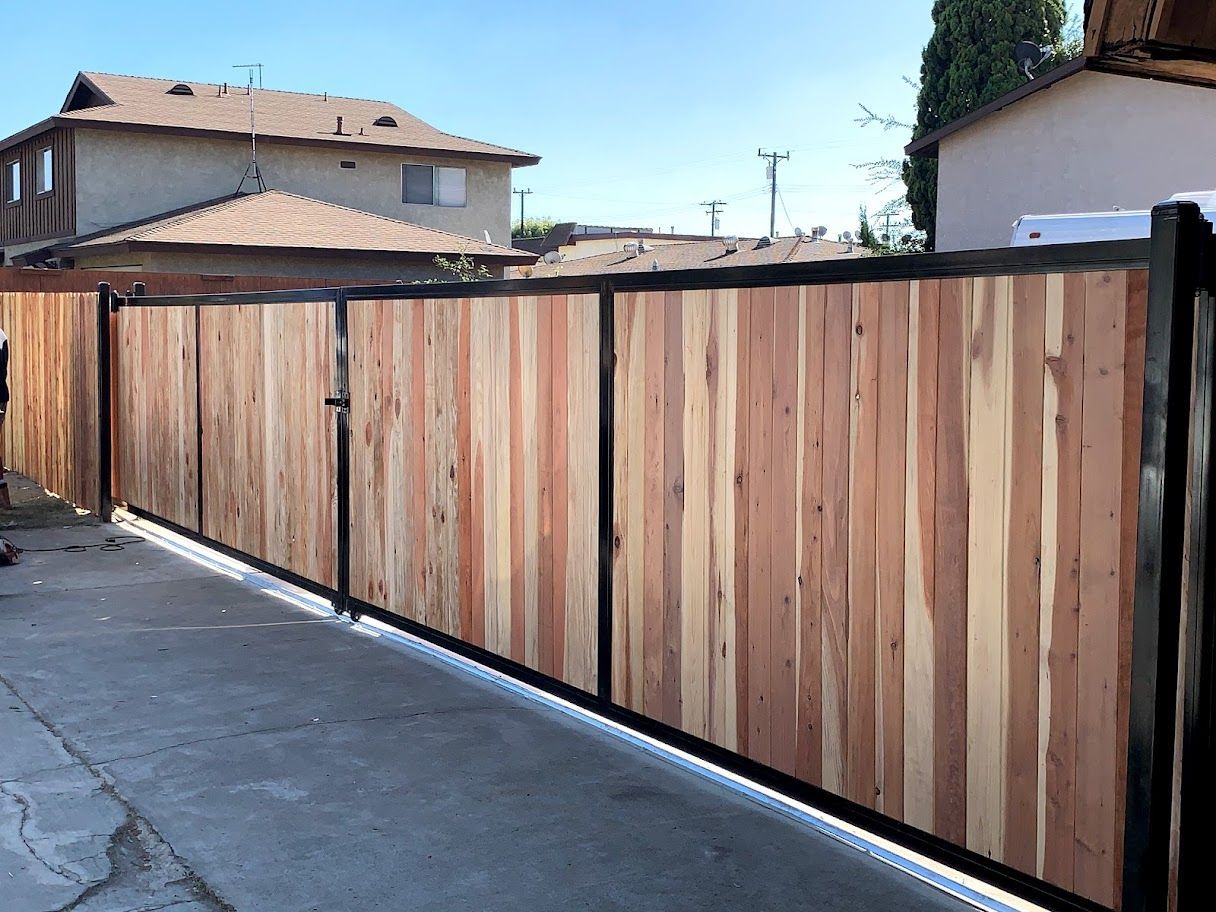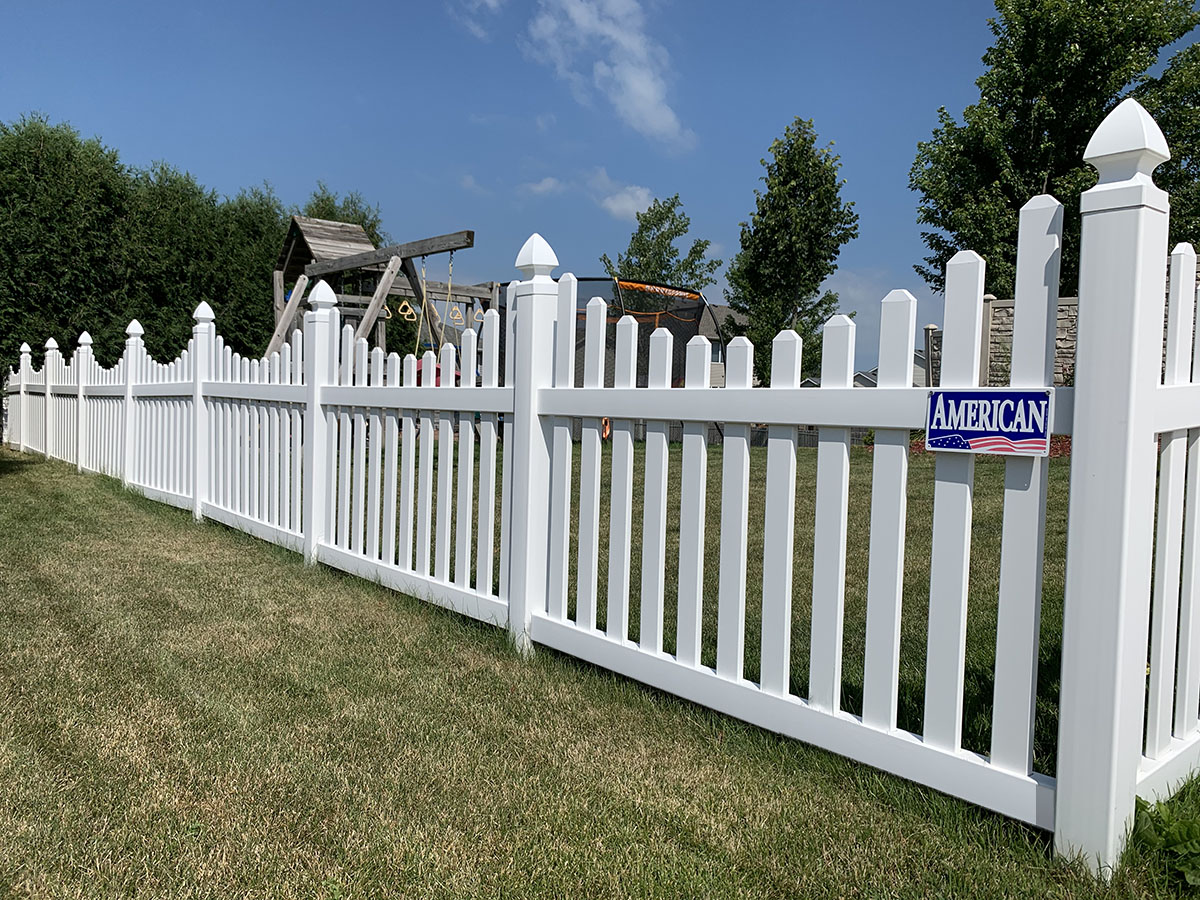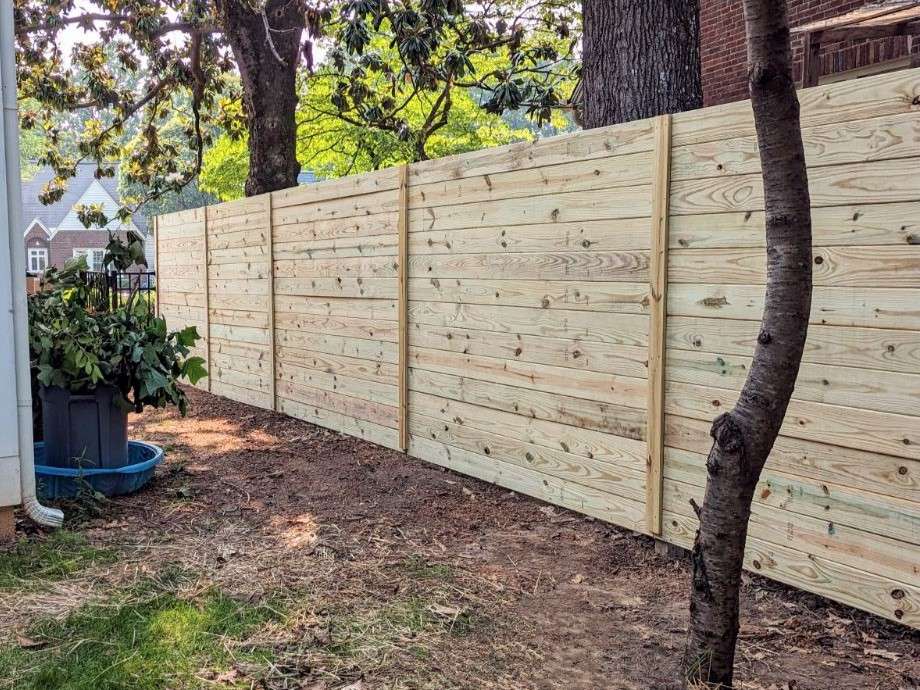All Categories
Featured
Installing a fencing around your home is a significant investment that needs appropriate planning and prep work to make sure a smooth procedure. Whether you're adding a fencing for safety, privacy, or aesthetic appeal, taking the essential actions prior to installation can assist stay clear of issues down the line. Below's an overview on how to prepare your home for fence setup and make certain every little thing goes according to plan.
![]()
![]()
![]()
Conclusion. Appropriate preparation is vital to an effective fencing setup. By making the effort to identify your home lines, clear the setup area, look for below ground energies, and interact with your neighbors, you can make certain that the process goes smoothly and stay clear of unexpected complications. With the right prep work, your new fence will not only boost your home's appearance but likewise offer the safety and privacy you require.
- Know Your Home Borders. The very first step in preparing your home for fencing installment is establishing your residential property lines. It's essential to understand where your borders are to avoid installing the fence too near your next-door neighbor's property and even on their land. To identify your borders, review your residential or commercial property act, examine a map from your regional city or county office, or hire a professional property surveyor to note the home lines accurately. By understanding specifically where your land begins and finishes, you can prevent pricey errors and possible disputes with next-door neighbors.

- Understand Neighborhood Laws and Permits. Before beginning any kind of work, it's vital to consult your regional zoning workplace to understand any laws or permit needs. Different locations have different regulations concerning fence elevation, products, and placement. As an example, surround front yards might have restrictions on elevation or visibility, and some materials might be prohibited due to local ordinances. You may likewise need to obtain a structure license. Make sure to abide by all regional policies to prevent charges or having to take the fencing down after installation.
- Clear the Fence Line. As soon as you have actually established where the fencing will go, you'll need to get rid of the area. Get rid of any plant life, trees, rocks, or debris that might obstruct the fence installment process. If there are overgrown plants, take into consideration trimming or removing them to make the location extra available. Clearing the location makes sure that the fence setup can proceed immediately and aids to stop damages to plants you may wish to maintain. Think about whether any type of grading or progressing is called for. if the fencing line is on sloped or irregular ground.
- Mark Underground Utilities. Prior to you start excavating message openings, look for any kind of underground energies such as pipes, gas lines, or electric cords. Exploring these utilities can be pricey and unsafe. Several areas have a "telephone call before you dig" service that can note the places of below ground lines free of cost. Call your local energy business to make sure that no below ground energies will certainly conflict with your fence setup. This step will certainly assist prevent crashes and delays throughout the installment process.
- Go over with Next-door neighbors. Setting up a fencing on a common property line or near a neighbor's property requires open interaction to avoid problems. Talk about the fence's location, elevation, style, and materials, particularly if the fence will certainly be on or near a limit line.

- Choose the Right Fence Type and Material. Choosing the best type and product for your fence is a key step in preparing for installment. Consider factors like the function of the fence (personal privacy, security, appearances), regional weather conditions, and the amount of maintenance you're ready to do.
- Set a Realistic Spending Plan. If you're hiring professionals to mount the fencing, ask for quotes from several specialists to guarantee you're obtaining a fair price. Factor in the long-term upkeep prices of the fencing to make sure that the type of fencing you pick fits within your overall budget plan.

- Plan For Installation Day. As setup day approaches, make certain that your property is all set for the job to start. By preparing the area for the team, you can assist guarantee that the setup goes as efficiently and efficiently as feasible.
Conclusion. Appropriate preparation is vital to an effective fencing setup. By making the effort to identify your home lines, clear the setup area, look for below ground energies, and interact with your neighbors, you can make certain that the process goes smoothly and stay clear of unexpected complications. With the right prep work, your new fence will not only boost your home's appearance but likewise offer the safety and privacy you require.
Latest Posts
Don’t Miss Exclusive Auto Repair Offers in Chicago at Montclare Auto Repair
Published en
1 min read
Check Out the Best Auto Repair Offers in Montclare, Chicago
Published en
1 min read
Learn About Premier Auto Repair Care at Montclare Auto Repair – Expert Care for Your Vehicle
Published en
1 min read
More
Latest Posts
Don’t Miss Exclusive Auto Repair Offers in Chicago at Montclare Auto Repair
Published May 25, 25
1 min read
Check Out the Best Auto Repair Offers in Montclare, Chicago
Published May 24, 25
1 min read
Learn About Premier Auto Repair Care at Montclare Auto Repair – Expert Care for Your Vehicle
Published May 24, 25
1 min read